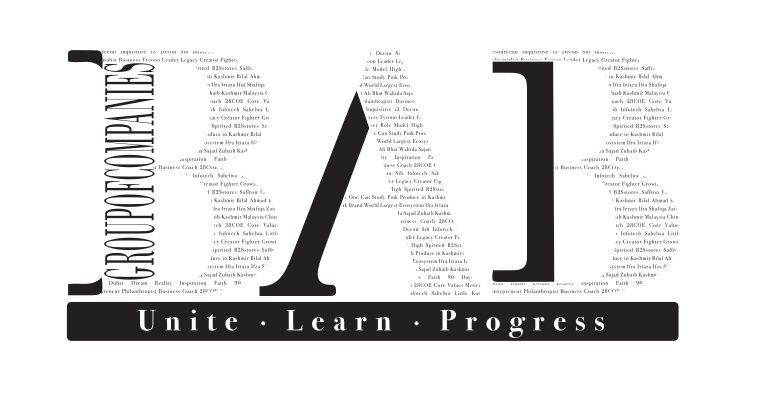A Business Advisory Board (BAB) is a valuable asset for any organization, offering strategic guidance, industry expertise, and mentorship to drive business growth and success. However, to ensure the effectiveness of a BAB, it’s crucial to set clear expectations, establish guidelines, and foster a productive environment. In this article, we’ll delve into how to set expectations for a successful BAB, including setting up meetings, creating a code of conduct, and sharing it with members.
- Define the Purpose and Objectives
Before setting expectations, it’s essential to clearly define the purpose and objectives of the BAB. Determine why the board is being formed, what specific goals it aims to achieve, and how it will contribute to the organization’s success. Communicate this information to all BAB members to ensure alignment and focus.
- Establish Meeting Frequency and Format
Decide on the frequency of BAB meetings based on the organization’s needs, goals, and operational dynamics. Whether it’s monthly, quarterly, or bi-annually, set a consistent meeting sc
hedule to ensure regular engagement and progress tracking. Define the meeting format, including agenda items, presentation materials, and discussion topics, to keep sessions focused and productive.
- Set Expectations for Member Participation
Clearly outline expectations for member participation, engagement, and contribution during BAB meetings and activities. Encourage active involvement, sharing of insights, diverse perspectives, and constructive feedback. Emphasize the importance of preparation, attendance, and follow-up actions to maximize the BAB’s impact and effectiveness.
- Define Roles and Responsibilities
Assign specific roles and responsibilities to BAB members based on their expertise, interests, and contributions. Clarify who will lead meetings, facilitate discussions, present reports, coordinate initiatives, and follow up on action items. Establish accountability mechanisms to ensure each member fulfills their role effectively.
- Create a Code of Conduct
Develop a code of conduct outlining the expected behaviors, ethical standards, confidentiality requirements, and professional conduct for BAB members. Include guidelines on respecting diverse opinions, maintaining confidentiality, avoiding conflicts of interest, and upholding the organization’s values and reputation.
- Share and Review the Code of Conduct
Share the code of conduct with all BAB members and review it during the onboarding process or initial meetings. Provide an opportunity for members to ask questions, seek clarification, and provide input on the code’s content and applicability. Encourage adherence to the code as a fundamental aspect of BAB participation.
- Foster Open Communication
Promote open communication channels within the BAB, allowing members to express ideas, raise concerns, seek guidance, and collaborate effectively. Encourage transparency, honesty, and mutual respect in all interactions, fostering a supportive and inclusive environment for meaningful dialogue and decision-making.
- Monitor and Evaluate Performance
Regularly monitor and evaluate the BAB’s performance, progress towards objectives, member engagement, and overall effectiveness. Seek feedback from BAB members, organizational leaders, and stakeholders to identify strengths, areas for improvement, and opportunities for growth. Use feedback to make adjustments, refine expectations, and enhance BAB outcomes.
- Provide Resources and Support
Ensure BAB members have access to necessary resources, information, training, and support to fulfill their roles effectively. Offer professional development opportunities, networking events, industry insights, and relevant tools to enhance member capabilities and contributions.
- Recognize and Celebrate Achievements
Acknowledge and celebrate achievements, milestones, and contributions made by BAB members in supporting the organization’s goals and success. Recognize outstanding performance, leadership, collaboration, and positive impact within the BAB to foster motivation, engagement, and a sense of accomplishment.
In conclusion, setting clear expectations, establishing guidelines, and fostering a positive and collaborative environment are essential for a successful Business Advisory Board (BAB). By defining purpose, roles, responsibilities, communication channels, and performance metrics, organizations can maximize the value and impact of their BAB, driving strategic growth and business excellence.

